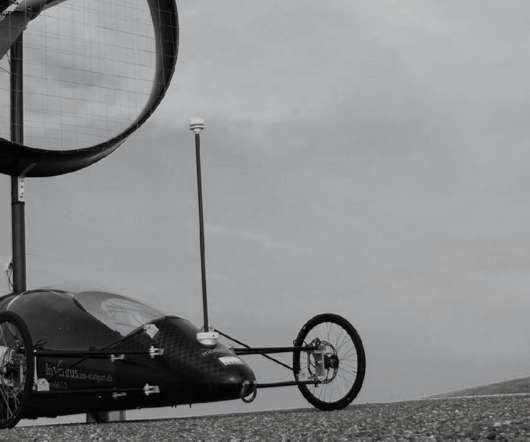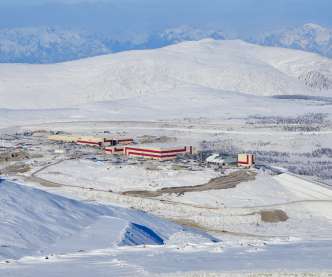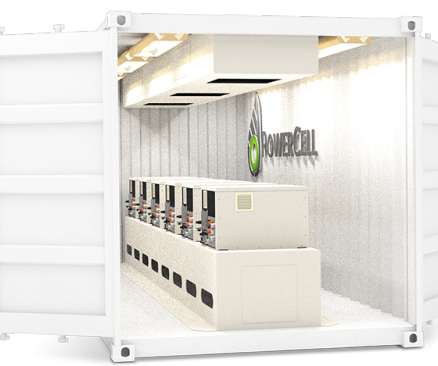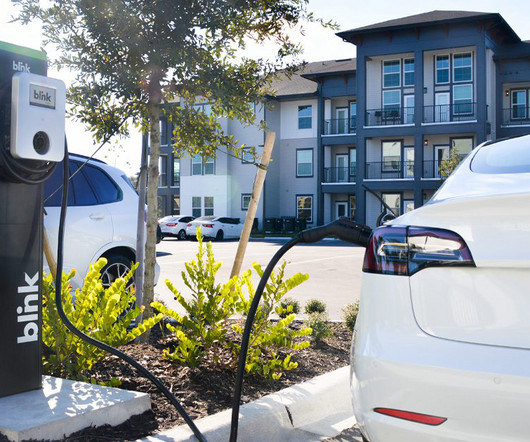As states continue to use less coal for electricity, driving electric vehicles becomes even cleaner
Green Car Congress
NOVEMBER 10, 2021
These results indicate that coal and oil are the energy sources leading to most emissions, and that hydro, wind, and nuclear are the energy sources leading to least emissions. This study is an update of a study that examined the changes from 2008 to 2018. Therefore, the data for 2008 are included here as well. Energy source.




































Let's personalize your content